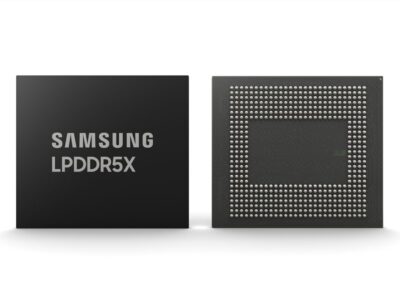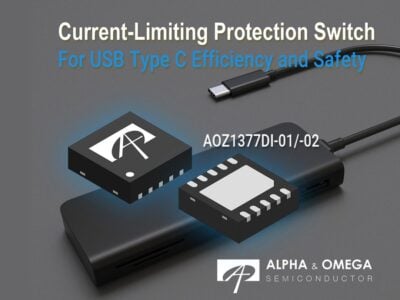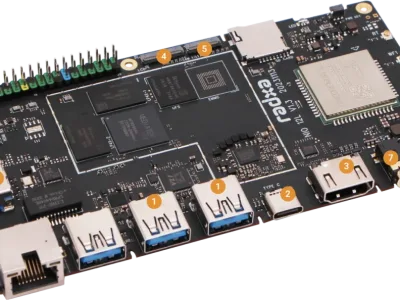
Interior monitoring system offers multifunctionality on single chip platform
The Vayyar platform is designed primarily to ensure the safety of vehicle occupants: It can monitor that all passengers are wearing their seatbelts correctly. In addition, it can help prevent incidents with overheated vehicle interiors, which have already cost thousands of children their lives, according to the provider. Target groups are vehicle manufacturers and tier-one suppliers. To them, Vayyar promises multifunctionality on a single-chip platform and thus the possibility of implementing state-of-the-art safety solutions at moderate prices.
As part of the global effort to increase safety in cars, the vehicle safety organisation Euro NCAP is introducing stricter assessment criteria for all protocols from 2023. Child presence detection will then earn up to four points in the Euro NCAP rating, while the existing requirement for front and rear seatbelt reminders will become a prerequisite for achieving a further three points for occupant status. Thanks to Vayyar’s solution, vehicles can be awarded these important seven safety points.
To counter the cost-driving trend towards more and more sensors for cars, Vayyar has designed its single-chip platform in such a way that it can be used to implement numerous functions without greatly increasing costs. The ready-to-use combination solution is based on a single radar chip (RoC). This allows for both presence detection of children and an improved seat belt reminder. The solution replaces several existing sensors in the vehicle, covers the entire passenger compartment and detects and classifies all occupants, detecting the presence of children with high precision. It works effectively in all lighting conditions due to the application of the radar principle, without the need for a clear line of sight, and can even detect a baby sleeping under a blanket in a car seat or a child in the footwell. As it does not include cameras, the sensor also preserves user privacy – an aspect that is becoming increasingly important in the automotive industry.
The application combination is made possible by the MIMO antenna array and the platform’s wide field of view. The sensor’s 48 transceivers offer high resolution and provide extensive detection and classification data about the occupants. It is suitable for five- and seven-seater vehicles as well as models with sunroofs. The sensor can distinguish between people and objects as well as children and adults; it can also determine whether a passenger is in the designated position or away from it. Thanks to its wide field of view, the sensor offers vehicle designers great flexibility – it can be installed in various locations, including behind the headliner of a vehicle.
Beyond the combination of child presence detection and seat belt alert, the software and hardware platform allows OEMs and suppliers to independently develop sophisticated applications via the point cloud layer. These include, for example, occupant status, optimised airbag deployment and dynamic deactivation, seatbelt retensioning, eCall, vital signs recording, gesture recognition, position deviation detection and intrusion detection.
Designed as a single-chip solution, the sensor shortens time-to-market and reduces the number of future SOP programmes, Vayyar promises. It also enables significant savings in design, test and production. The fully tested, AEC-Q100 and ASIL-B compliant sensor also offers carmakers the flexibility to prepare for the integration of future functions that are developed for changing standards. These functions can be introduced early in the development cycle or added later via OTA updates.
More information: https://vayyar.com/
Related articles:
ADI, Jungo join forces for interior monitoring solutions
Interior camera uses AI to detect driver distraction and fatigue
Pre-crash system with external airbag to defuse side crashes
Image sensors improve occupant monitoring in cars
 If you enjoyed this article, you will like the following ones: don't miss them by subscribing to :
eeNews on Google News
If you enjoyed this article, you will like the following ones: don't miss them by subscribing to :
eeNews on Google News




